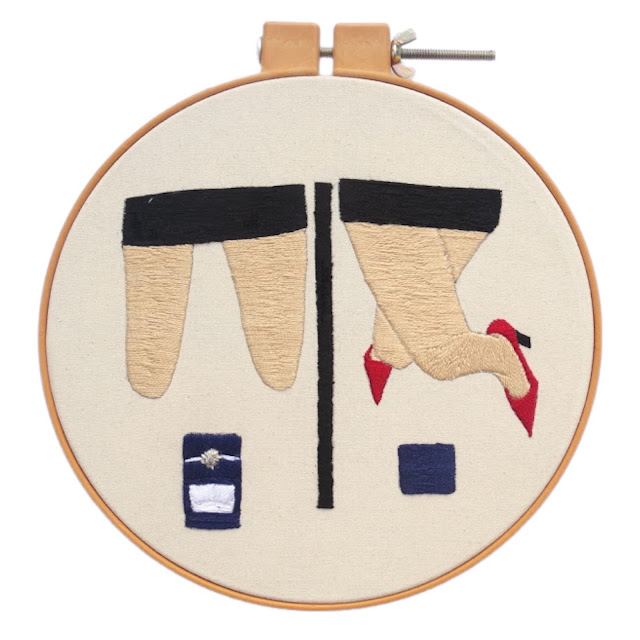Killing Us Softly: The Dehumanization of Women
"Turning a human being into a thing is almost always the first step toward justifying violence against that person" ~ Jean Kilbourne ~.
dēˈ(h)yo͞oməˌnīz/
verb
1. Deprive of positive human qualities.
- Dehumanization tactics to oppress or abuse a group of people have been well observed throughout history. European colonizers dehumanized Africans as savages to enslave them. The Spaniards to the indigenous. The Nazis to the Jews. The Hutus to the Tutsis in the genocide in Rwanda. The Latin American military dictatorships to their political opponents; and undocumented immigrants as "illegals." These are only a few examples showing us that society can only perpetuate these atrocities through dehumanization. And women, how did we get to this point? Women as a social group are disadvantaged on all significant issues affecting contemporary society. Such as lack of visibility in positions of power in science, politics, and technology, poverty, access to education, sexual harassment, human exploitation, sex trafficking, modern slavery, rape, and violence. So how did we get to this point?: Dehumanization. The correlation between the systematic dehumanization of women in the media and violence against women worldwide is no coincidence. On the contrary, there are directly related. The mutilation of the female body, fragmented into parts to fuel capitalist consumerism, has numbed us to the point that we submissively coexist with these disadvantages. For example, being a woman inherits pay inequality for the same work while at the same time paying more for consumer goods. "Killing Us Softly: The Dehumanization of Women" is an ongoing embroidery series of images taken from everyday advertisements of women being reduced to objects and fragments. These embroidered images show the lengths of arbitrary sexist advertisements that glamour violence against women for profit. These are hand-embroidered images perpetuating consumerism and gender violence.-
"Advertisements encourage a type of behavior and reinforce sexual and gender stereotypes."
Karanovic.org
The following are embroideries of printed advertisements. |
| Hand Embroidery, 2022. Image from a fashion magazine. |
 |
| Hand embroidery, 2020. Freeway Billboard advertisement for plastic surgery. |
 |
| Hand embroidery, 2019. Extensive street advertising in all ages marathon for a local Gym. |
 |
| Hand embroidery, 2018. Rebook advertising of Sportswear for men. |

























